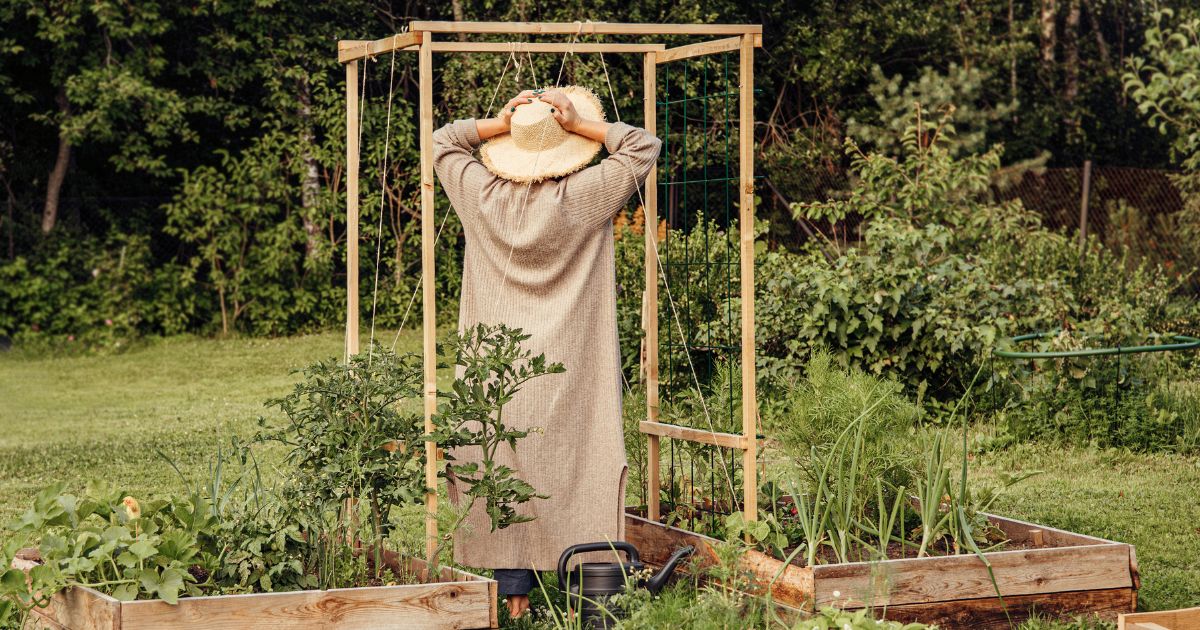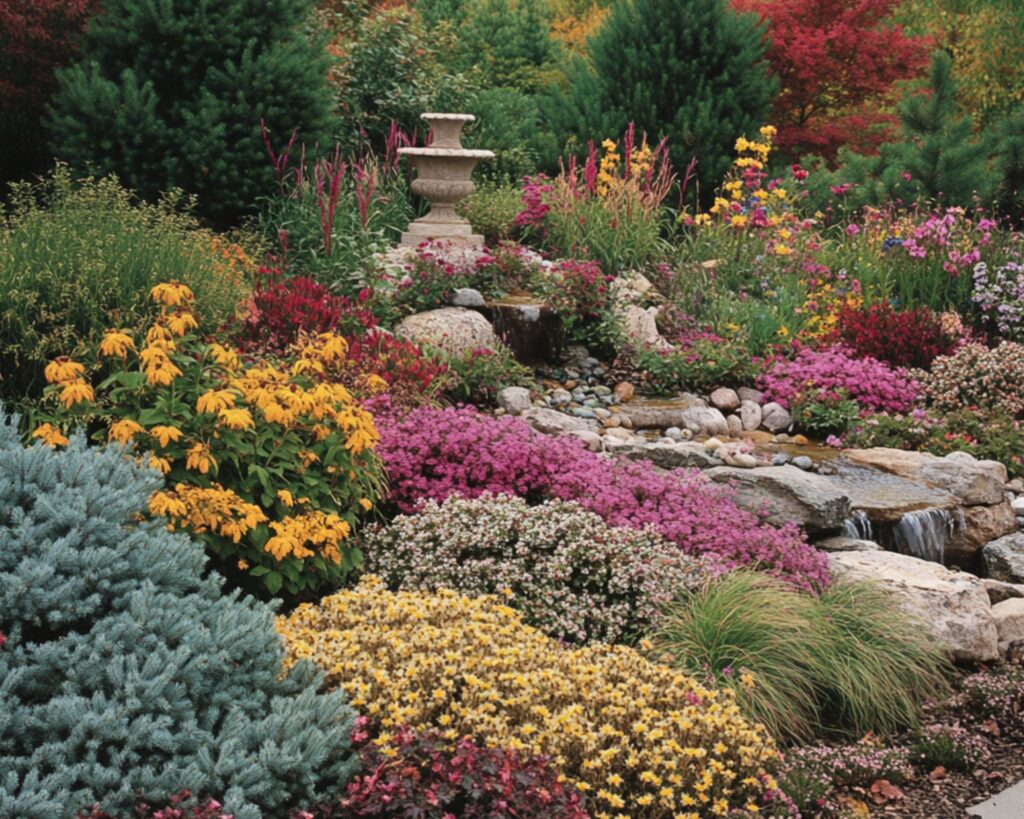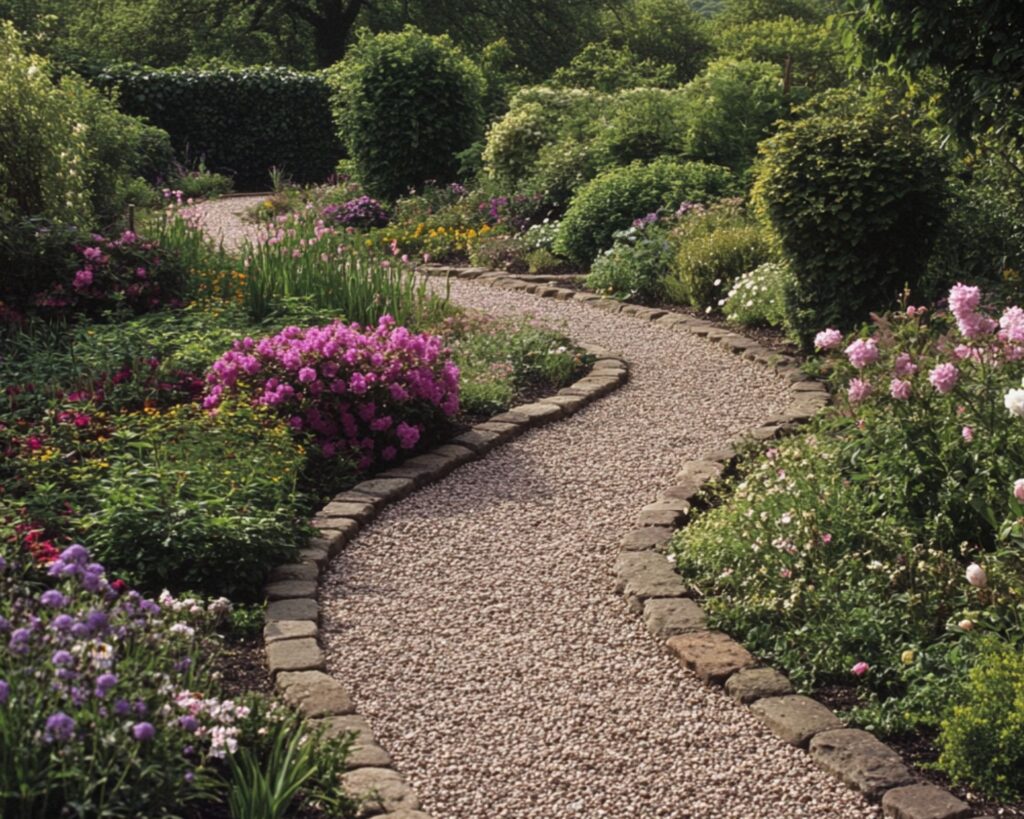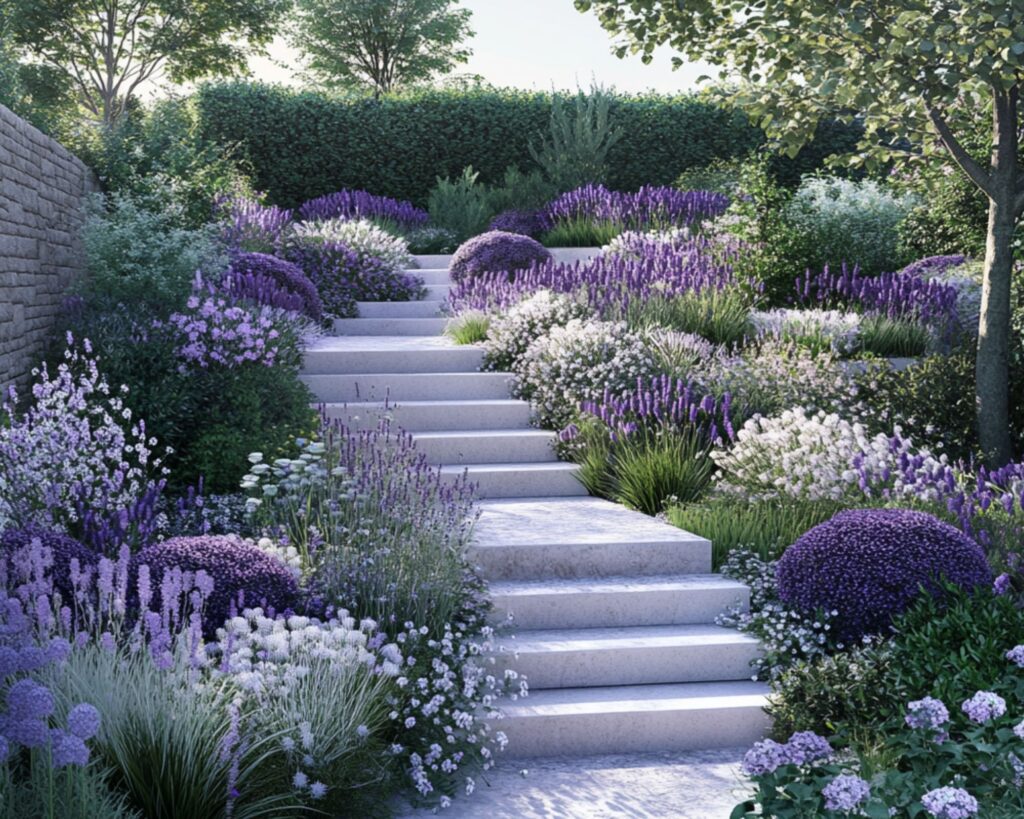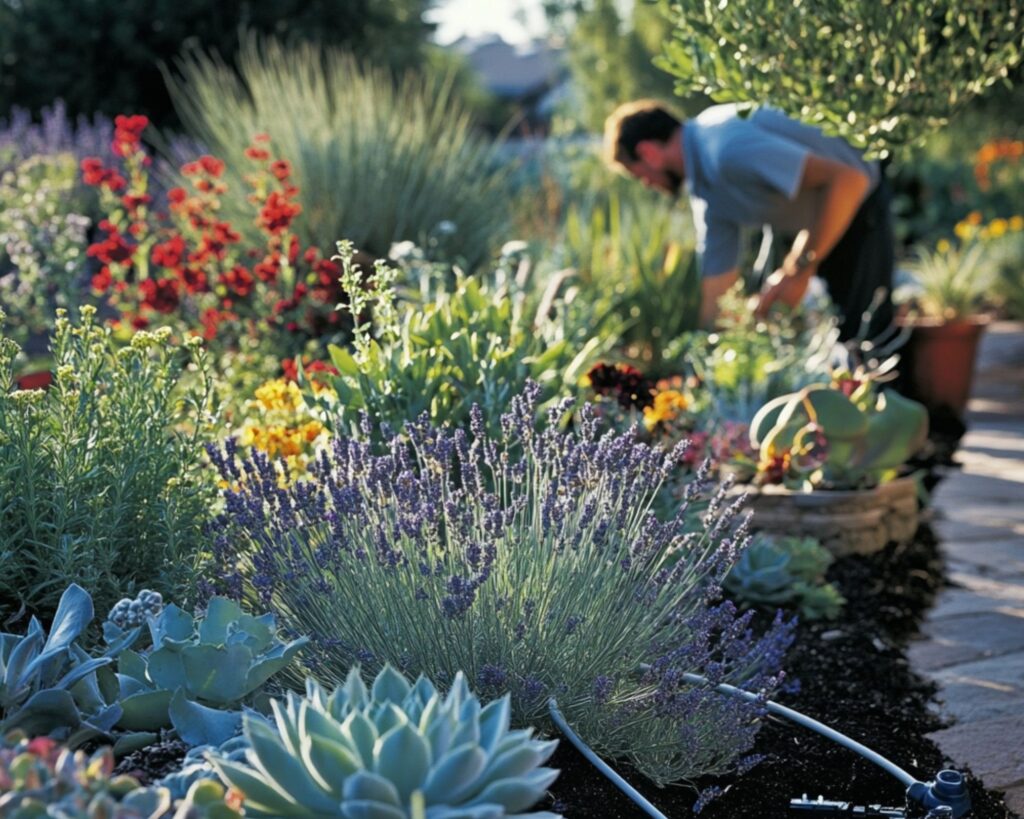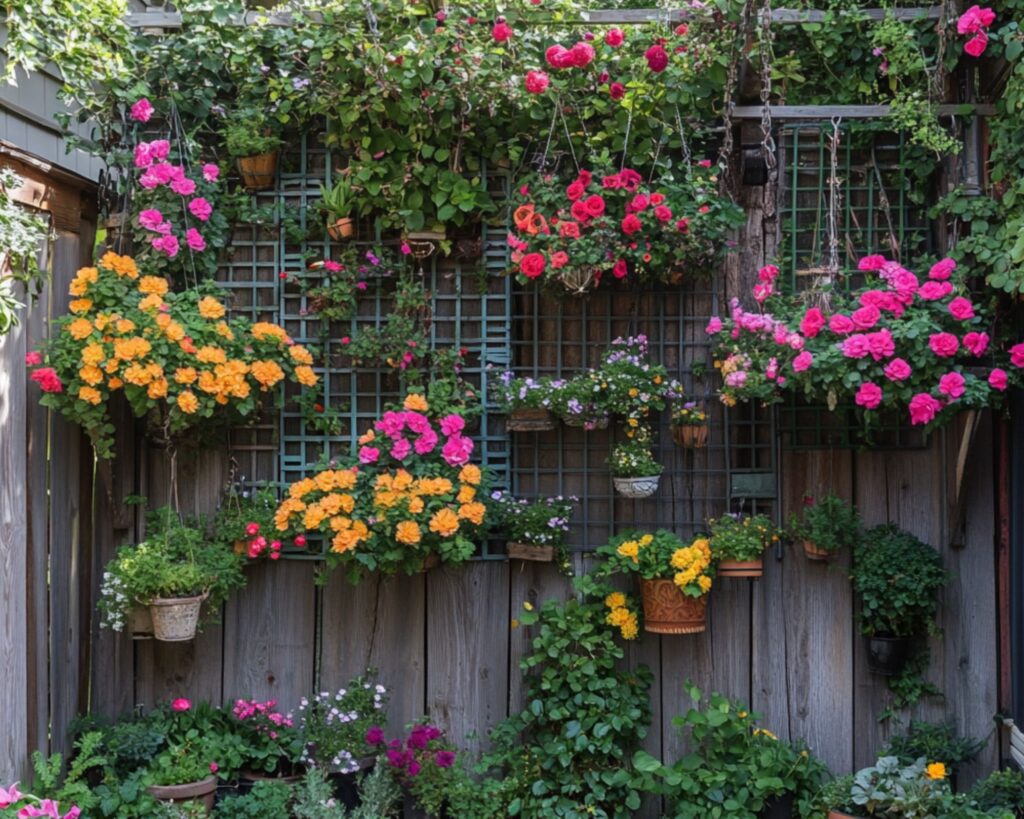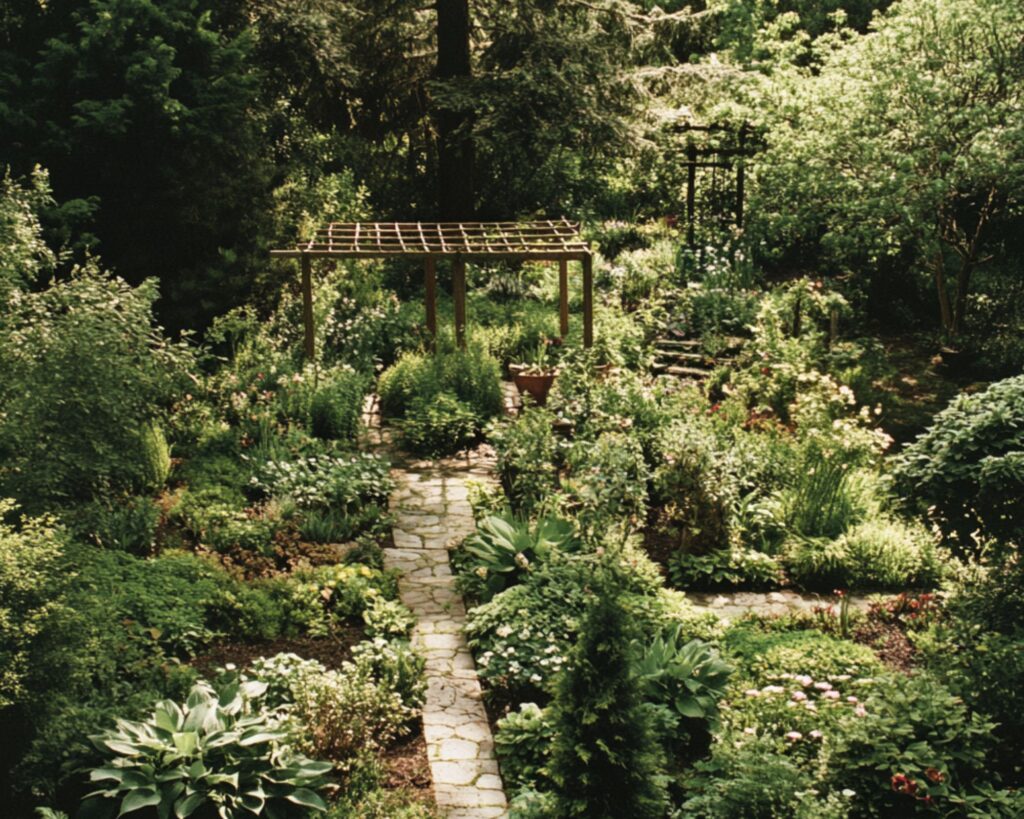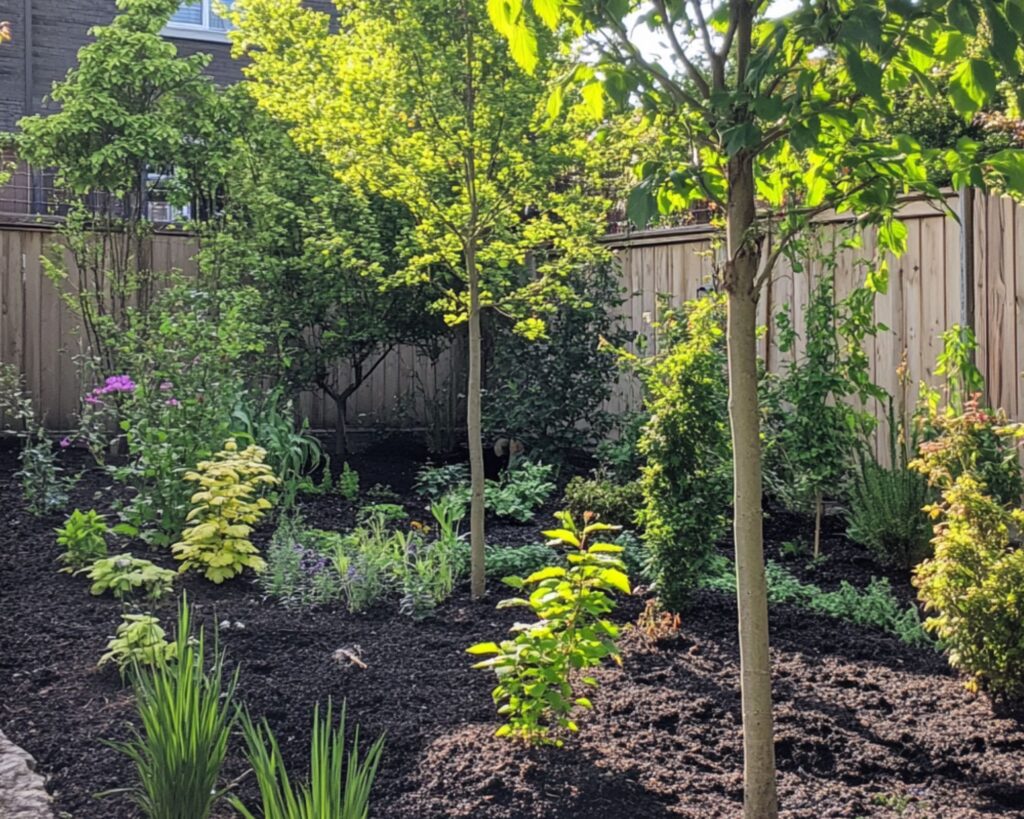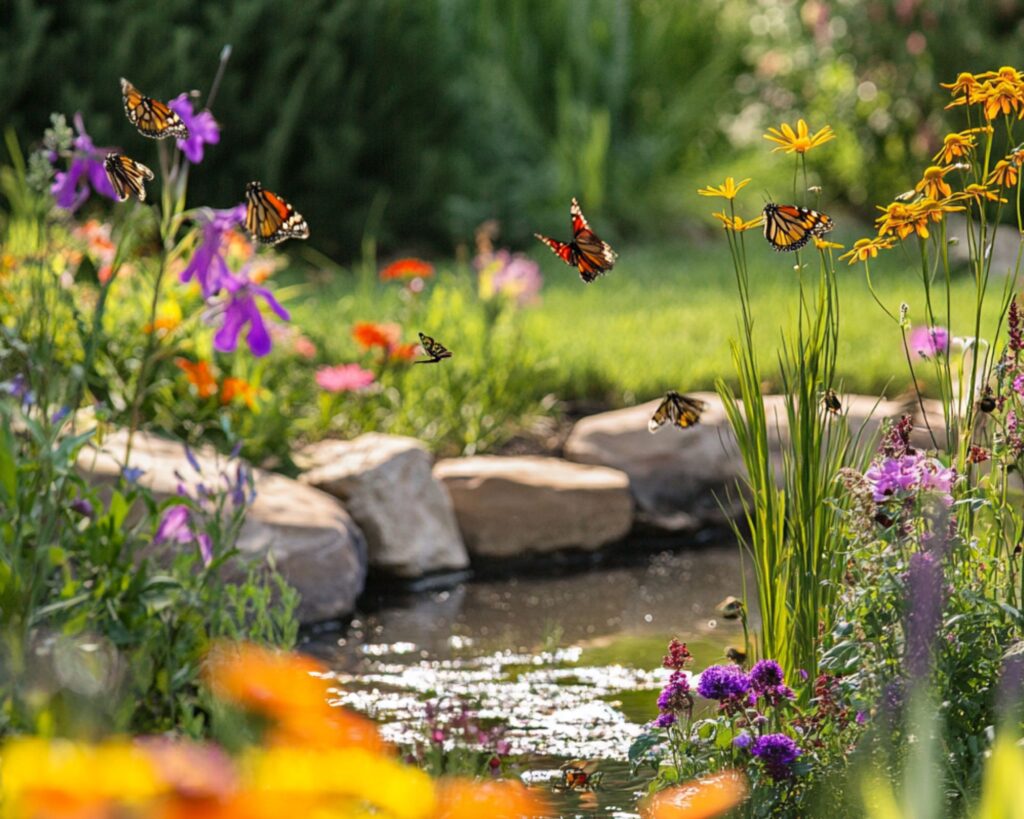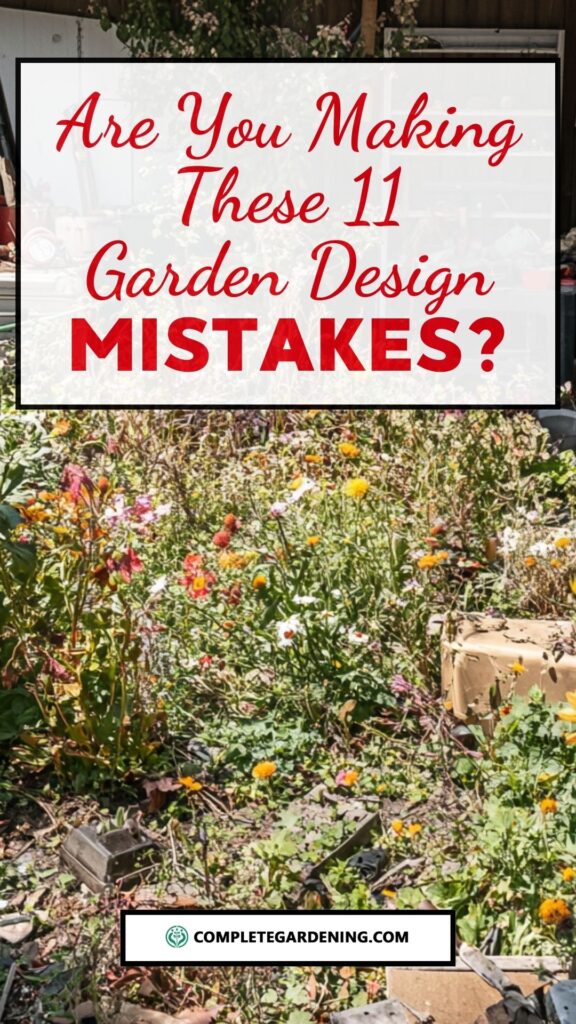Gardening can be a deeply fulfilling escape from daily life, offering a sanctuary of beauty and calm right in your backyard. But have you ever felt like something’s just not quite right with your garden design?
Even seasoned gardeners unknowingly fall into common traps that can sabotage their green spaces.
Curious about what might be holding your garden back? Let’s uncover some of the biggest garden design mistakes you might be making – and discover simple fixes that will breathe new life into your garden!
1. Ignoring the Soil Type and Quality
One of the biggest mistakes in garden design is neglecting the importance of soil. Different plants have different soil requirements; some thrive in sandy soil, while others prefer clay or loamy soil.
Ignoring soil quality can lead to unhealthy plants that struggle to grow, no matter how perfectly designed your garden layout is.
How to Fix It:
- Test Your Soil: Before planting, use a soil test kit to check the pH and nutrient levels of your soil. This will help you understand whether your soil is acidic, neutral, or alkaline.
- Amend the Soil: If your soil isn’t suitable for the plants you want, amend it with organic matter like compost, peat moss, or manure. Adding soil conditioners can also improve drainage in clay-heavy soils or increase water retention in sandy soils.
- Choose the Right Plants: Select plants that are suited to the type of soil in your garden. This approach will ensure that they get the nutrients they need to thrive.
2. Poor Plant Placement and Spacing
It’s easy to get caught up in the excitement of planting, especially when you have a lot of beautiful plants to choose from.
However, placing plants too close together or in the wrong spots can cause overcrowding, stunted growth, and an overall cluttered appearance.
How to Fix It:
- Research Mature Sizes: When planning your garden, consider the mature size of each plant. Make sure there is enough space for them to grow to their full size without competing for nutrients, sunlight, or water.
- Sunlight Requirements: Pay attention to the sunlight requirements of your plants. Group sun-loving plants in areas that receive full sun and shade-loving plants in more sheltered spots.
- Create Layers: Use a tiered planting approach with taller plants in the back and shorter ones in the front to ensure every plant has access to sunlight and looks aesthetically pleasing.
3. Overlooking Year-Round Interest
Another common garden design mistake is focusing too much on spring and summer blooms while neglecting fall and winter. This can lead to a garden that looks stunning for a few months but bare and dull for the rest of the year.
How to Fix It:
- Incorporate Evergreens: Use evergreen shrubs, trees, and ground covers to provide structure and color throughout the year.
- Plant for Each Season: Choose a mix of plants that bloom at different times of the year. Include early spring bulbs, summer perennials, fall-blooming asters, and winter-interest plants like hellebores and ornamental grasses.
- Add Hardscaping Elements: Features like garden sculptures, water fountains, stone paths, and arbors add visual interest and structure to your garden, even when plants are dormant.
4. Neglecting the Importance of Paths and Access
Access is a crucial aspect of garden design that is often overlooked. Without proper pathways, you might find it challenging to reach certain areas of your garden, which can make maintenance and harvesting more difficult.
How to Fix It:
- Plan Pathways: Create paths that allow easy access to all areas of your garden. Use materials like gravel, stone, or brick for durability and aesthetic appeal.
- Consider Accessibility: Make sure the paths are wide enough to accommodate wheelbarrows, garden carts, or even a wheelchair if necessary. Avoid steep gradients that might become slippery or hazardous in wet conditions.
- Add Stepping Stones: For garden beds or lawns that don’t have full paths, strategically place stepping stones to provide access without disturbing plants.
5. Overcomplicating the Design
A common pitfall for many gardeners is trying to do too much in a small space. Overcomplicating the garden design with too many different plant species, colors, or garden features can create a cluttered and chaotic look.
How to Fix It:
- Stick to a Theme: Decide on a garden theme, whether it’s a cottage garden, minimalist design, tropical paradise, or a pollinator-friendly garden. Sticking to a theme will guide your plant choices and help create a cohesive look.
- Choose a Color Palette: Limit your color palette to a few complementary hues. Too many colors can be visually overwhelming, while a well-chosen palette can create a harmonious and soothing atmosphere.
- Use Repetition: Repeating certain plants, colors, or garden elements throughout the space can provide a sense of unity and order.
6. Not Considering Maintenance Needs
Some plants and garden designs require more maintenance than others.
It’s easy to fall in love with high-maintenance plants, intricate designs, or complex water features without considering the amount of time and effort needed to keep them looking their best.
How to Fix It:
- Choose Low-Maintenance Plants: If you have a busy lifestyle or want a low-effort garden, choose hardy plants that can withstand varying conditions and require minimal care.
- Mulch Regularly: Adding a layer of mulch helps retain moisture, suppress weeds, and improve soil quality, reducing the time you need to spend on garden upkeep.
- Automate Watering: Consider installing a drip irrigation system or using self-watering containers to take care of your plants’ hydration needs efficiently.
7. Ignoring Vertical Space
Many gardeners focus solely on the ground level, forgetting that vertical space can add dimension, interest, and more planting opportunities to the garden. Ignoring this can lead to a lack of depth and variety.
How to Fix It:
- Use Vertical Structures: Incorporate trellises, pergolas, or obelisks to support climbing plants like roses, clematis, or beans.
- Hang Containers: Utilize hanging baskets or wall-mounted planters to add height and visual interest. This method is especially useful in small gardens where ground space is limited.
- Create Living Walls: Install a vertical garden or green wall filled with succulents, ferns, or herbs to add greenery without taking up valuable ground space.
8. Forgetting About Drainage
Proper drainage is essential in garden design. Poor drainage can lead to waterlogged soil, root rot, and unhealthy plants. Many gardeners overlook drainage, especially if their garden appears to have adequate soil and sunlight.
How to Fix It:
- Evaluate the Landscape: Check if your garden has areas that collect water after rain. These spots may need improved drainage.
- Amend Soil: If you have clay-heavy soil that retains water, amend it with organic matter or sand to improve its drainage.
- Use Raised Beds: For gardens prone to waterlogging, consider using raised beds or elevated planters. This allows you to control the soil quality and drainage more effectively.
- Install French Drains: If you have severe drainage issues, a French drain or other drainage systems can redirect water away from garden beds.
9. Overlooking the Microclimates in Your Garden
Gardens often have different microclimates—small areas that have unique conditions due to factors like shade, wind, or proximity to structures. Ignoring these variations can lead to plant placement that doesn’t match their preferred growing conditions.
How to Fix It:
- Observe Your Garden: Spend time observing how sunlight, shade, and wind affect different areas throughout the day and across seasons.
- Choose Suitable Plants: Plant shade-loving species in areas with less light, and sun-loving plants in locations that receive more sunlight. Use sheltered spots for tender plants and windy areas for robust varieties.
- Create Microclimates: Use structures, trees, and shrubs to create new microclimates. For example, plant a windbreak to protect delicate plants or add trellises to provide shade.
10. Not Planning for Future Growth
It’s easy to focus on how your garden looks when it’s freshly planted, but a common mistake is not planning for how plants will grow over time. This can result in overcrowded, unhealthy gardens that require extensive reworking later on.
How to Fix It:
- Plan for Mature Sizes: Consider the mature height and width of each plant. Make sure to give each one enough space to grow fully without impinging on its neighbors.
- Thin Out Plants: Don’t be afraid to prune or remove plants as they mature to maintain the balance and health of your garden.
- Start Small: When planting trees and shrubs, consider their eventual size. Plant them at a distance from structures, fences, and other plants to prevent future issues.
11. Neglecting Wildlife-Friendly Features
A garden that ignores the needs of local wildlife can miss out on creating a vibrant, thriving ecosystem. While it’s understandable to want to keep pests away, an overly sterile garden can lack beneficial insects, birds, and pollinators.
How to Fix It:
- Include Native Plants: Native plants are more likely to attract local wildlife and support the ecosystem. They provide food and shelter for beneficial insects and pollinators.
- Add Water Sources: Incorporate birdbaths, small ponds, or shallow dishes filled with water to attract birds, butterflies, and other wildlife.
- Use Natural Pest Control: Avoid using harsh chemicals. Instead, introduce plants that naturally repel pests or attract beneficial insects that keep pests in check.
Incorporating thoughtful planning and care into your garden design can significantly transform your outdoor space into a thriving haven.
By avoiding these common pitfalls, you can create a garden that not only looks beautiful but also supports healthy plant growth, wildlife, and year-round interest.
Every garden is unique, so take the time to observe your space, make adjustments as needed, and embrace the process. With the right approach, your garden will not just survive but flourish, becoming a source of joy and relaxation for years to come.
